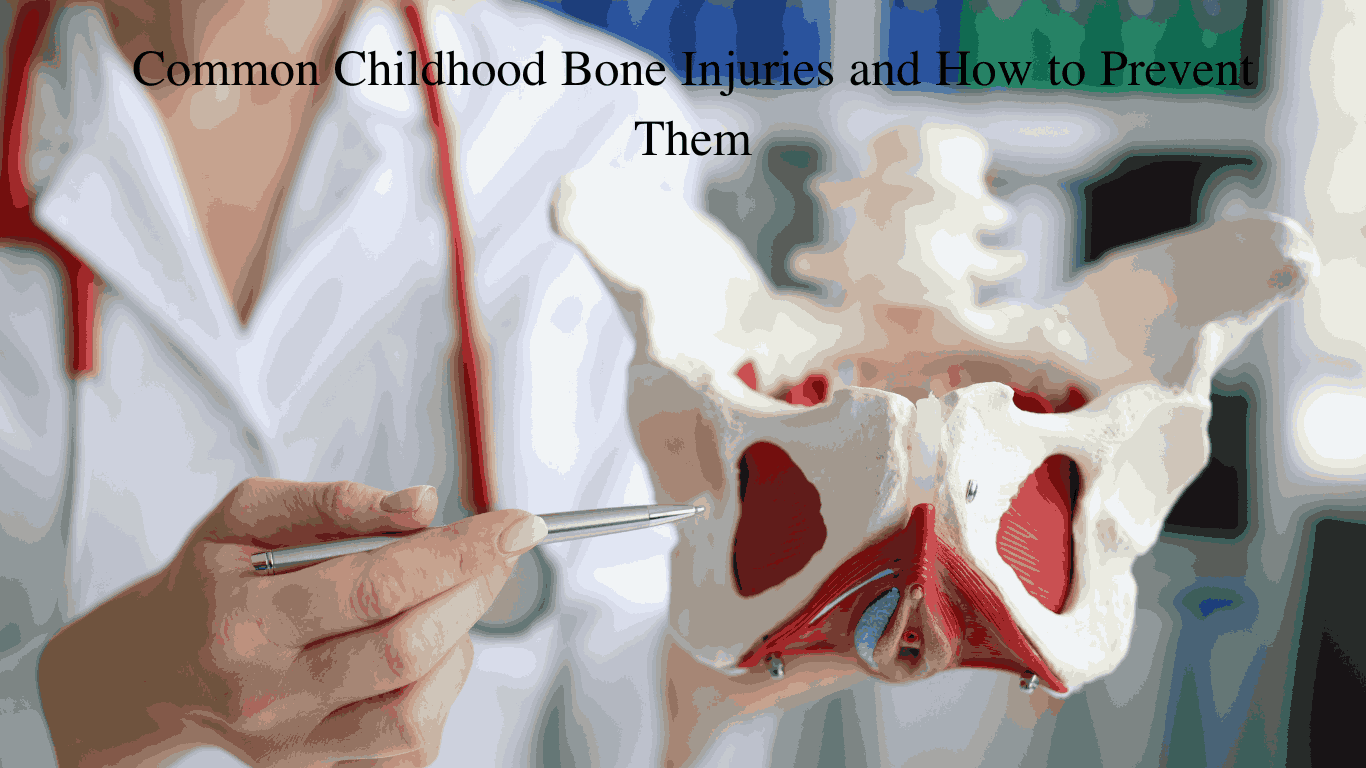Watching your toddler take their first steps is one of parenting’s most exciting milestones. But what if something doesn’t seem quite right? Every child develops at their own pace, but some walking patterns or delays may signal an underlying orthopedic issue that requires attention.
In this blog, we’ll explore what’s considered normal in toddler walking, and more importantly, the red flags that suggest it’s time to see a pediatric orthopedic specialist.
What’s Normal in Toddler Walking?
Most toddlers begin walking between 12 and 18 months. Early walkers may start as soon as 9 months, while others may take a little longer—and that’s perfectly okay.
In the first few months of walking, toddlers often:
-
Walk with feet wide apart
-
Appear unsteady or clumsy
-
Fall frequently
-
Hold their arms out for balance
These patterns typically improve with time and practice. But when certain signs persist or worsen, they may indicate a deeper concern.
Red Flags That Shouldn’t Be Ignored
You should consult a pediatric orthopedic specialist if your child:
🚩 Is Not Walking by 18 Months
Delays beyond this age may be linked to muscle, joint, or neurological issues.
Walks Exclusively on Tiptoes
Occasional toe walking is normal early on, but persistent toe walking could signal tight muscles, autism spectrum disorder, or a neurological condition.
Has an Obvious Limp or Uneven Gait
Limping or dragging one leg could point to hip dysplasia, a leg length discrepancy, or a prior unnoticed injury.
Frequently Falls or Can’t Keep Up with Peers
While all toddlers fall, excessive or awkward falling could be a sign of poor muscle coordination or joint instability.
Shows Asymmetry in Leg or Foot Movement
If one leg or foot seems weaker, stiffer, or moves differently, it could be related to nerve or muscle issues.
Complains of Pain While Walking
Toddlers may not express pain clearly, but refusal to walk, crying when standing, or rubbing the legs can all be clues.
Has an Abnormal Leg Shape
Bowlegs and knock knees are common during growth phases, but if they’re extreme or persist beyond the expected age, they may need evaluation.
Possible Underlying Conditions
Some orthopedic or neuromuscular conditions that may affect walking include:
-
Cerebral Palsy
-
Developmental Dysplasia of the Hip (DDH)
-
Clubfoot
-
Flat Feet with Pain
-
Leg length discrepancies
-
Spinal conditions like tethered cord or scoliosis
-
Vitamin D deficiency (Rickets)
Diagnosis and Evaluation at Child OrthoCare
At Child OrthoCare, we perform a thorough evaluation that includes:
-
Developmental and physical examination
-
Gait observation and video analysis
-
Imaging such as X-rays or ultrasounds if needed
-
Neuromuscular assessment when appropriate
Early intervention leads to better outcomes and fewer complications in the future.
Why Choose Child OrthoCare?
Led by Dr. Nargesh Agrawal, a renowned Pediatric Orthopedic Surgeon, Child OrthoCare offers:
-
Expert assessment of walking and gait abnormalities
-
Child-friendly care environment
-
Non-invasive and surgical treatment options tailored to age and development
-
Integrated therapy and follow-up care for optimal recovery
Visit Us:
Child OrthoCare Clinic
Call Us: +91-9873191340
Trust Your Instincts—Get Expert Guidance
If you’re worried about the way your toddler walks, don’t wait and wonder.
Schedule a consultation with Child OrthoCare today and take the first step toward peace of mind and healthy development for your child.




